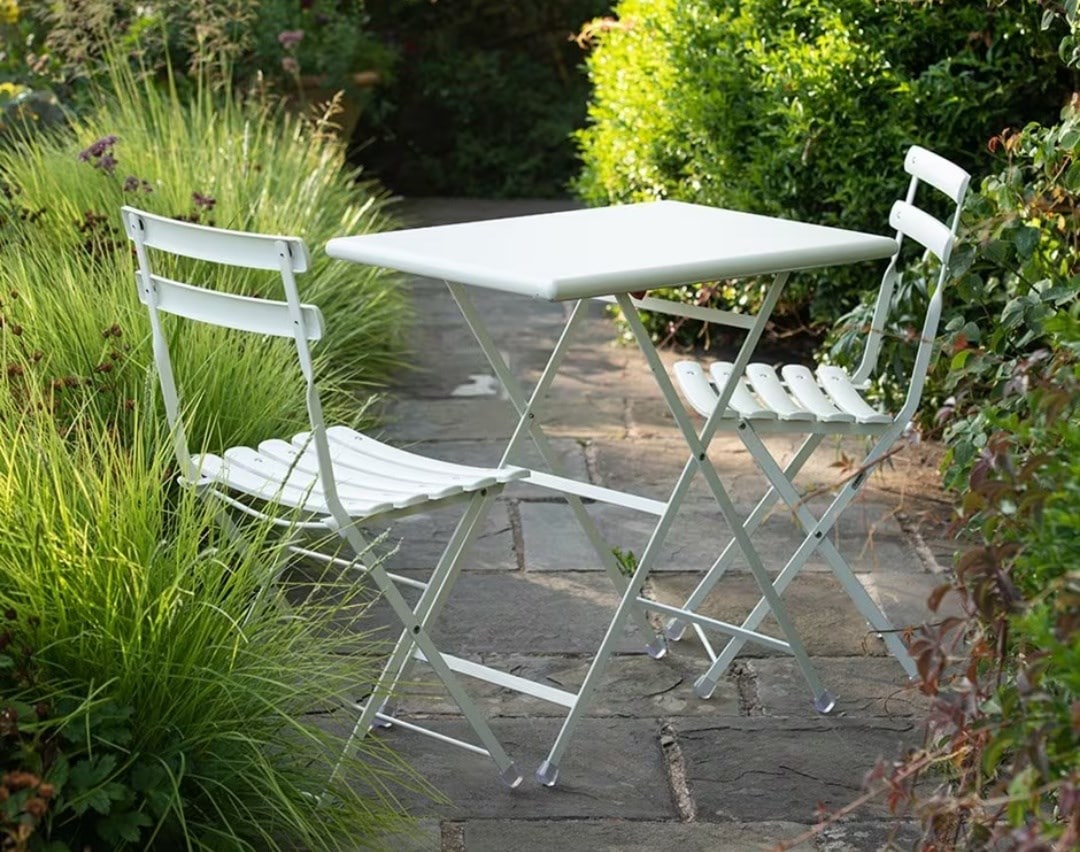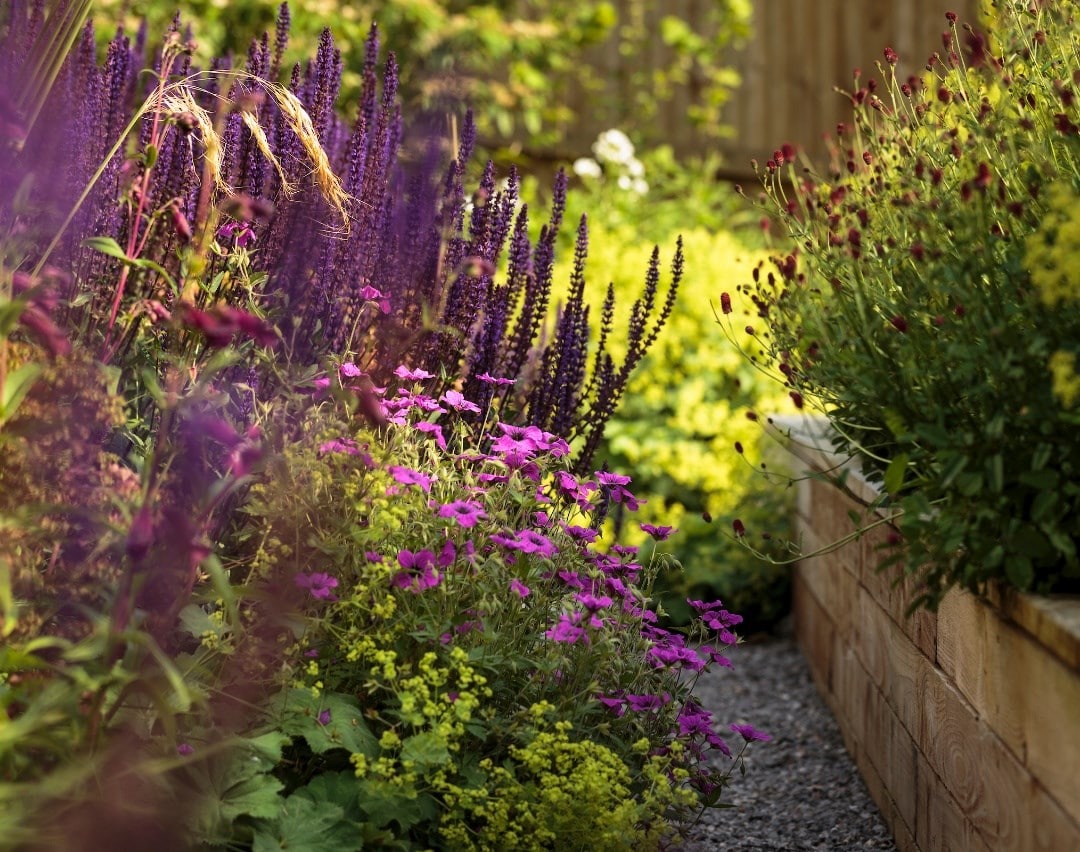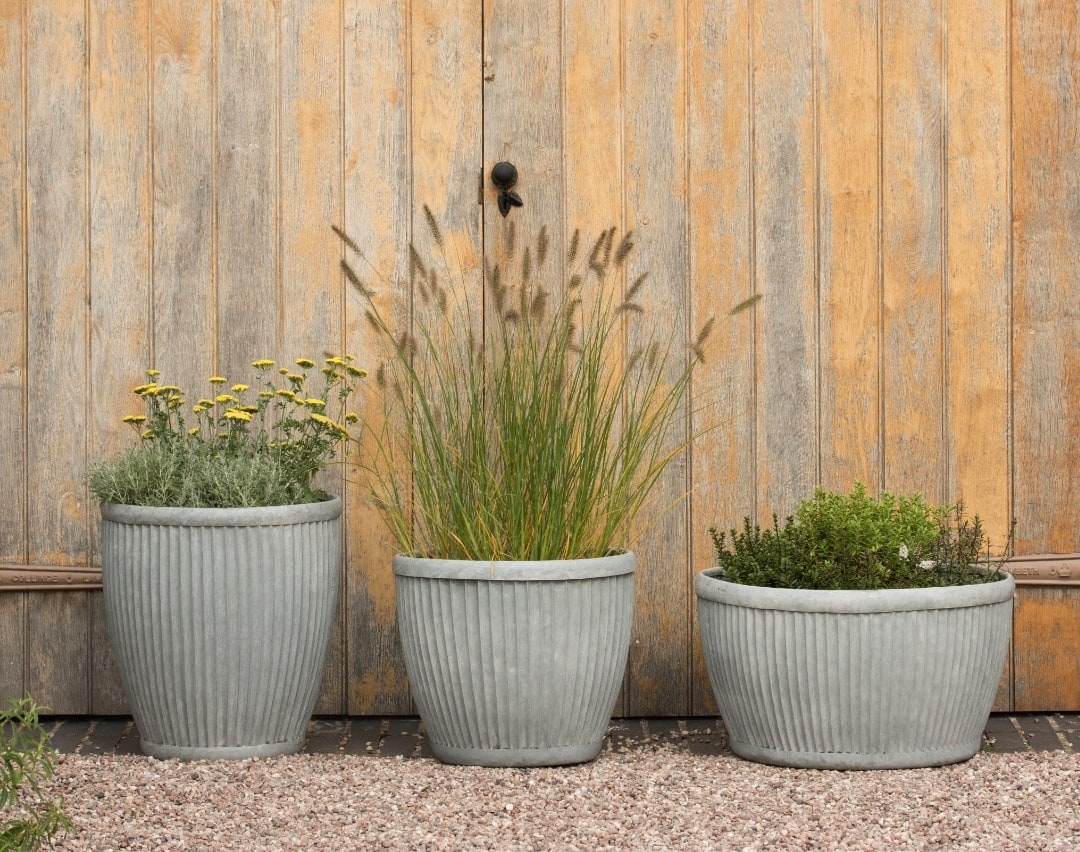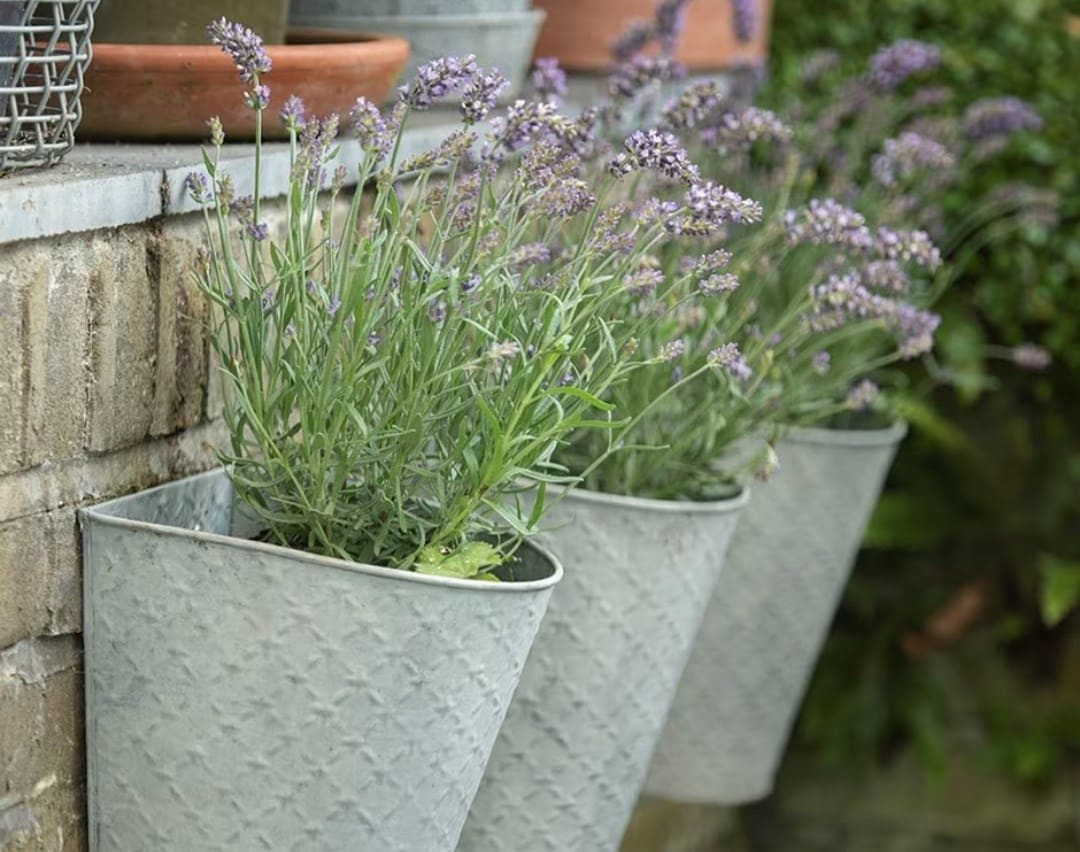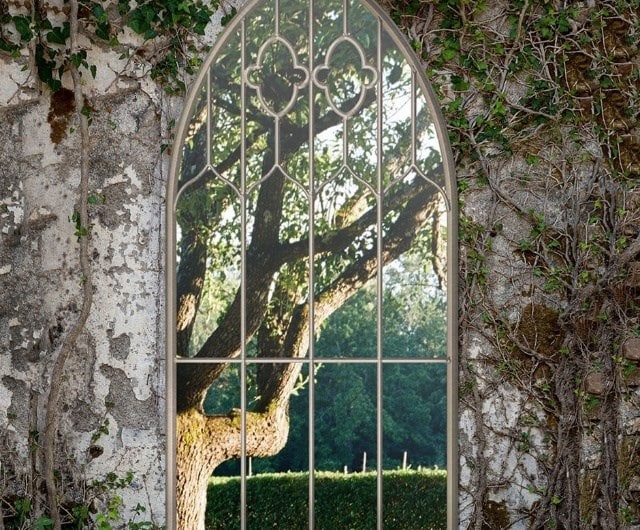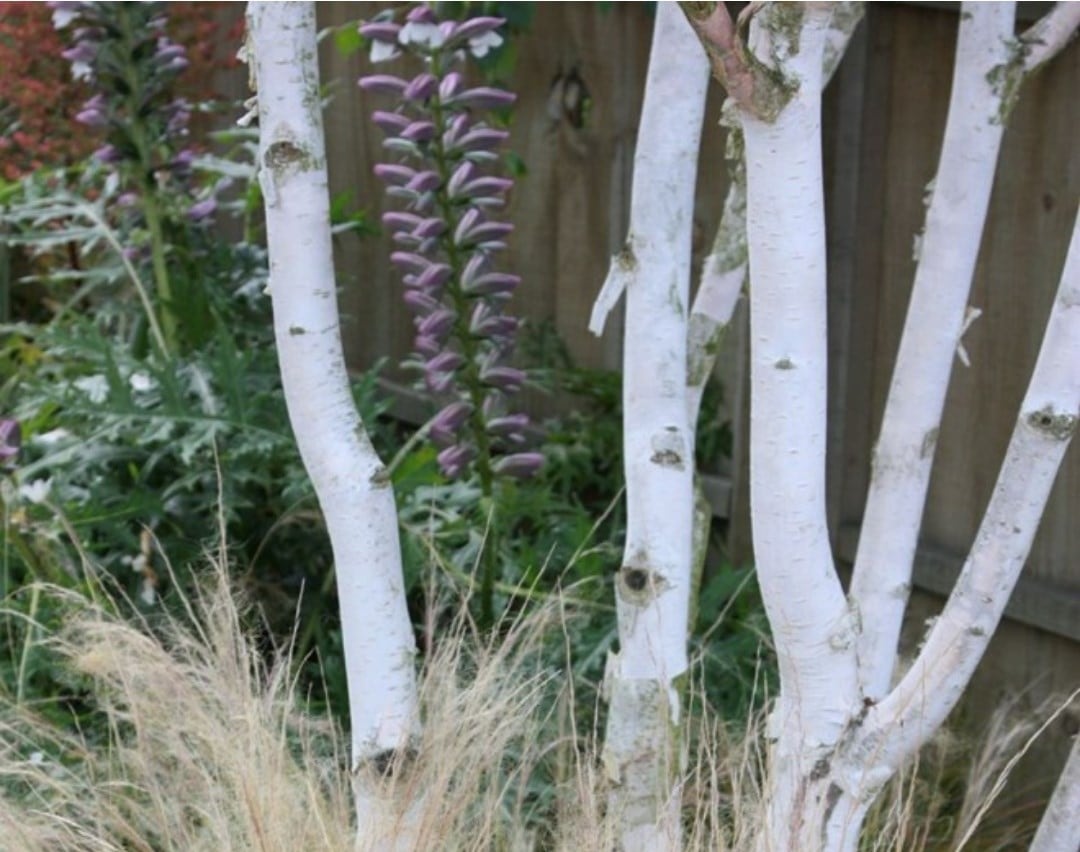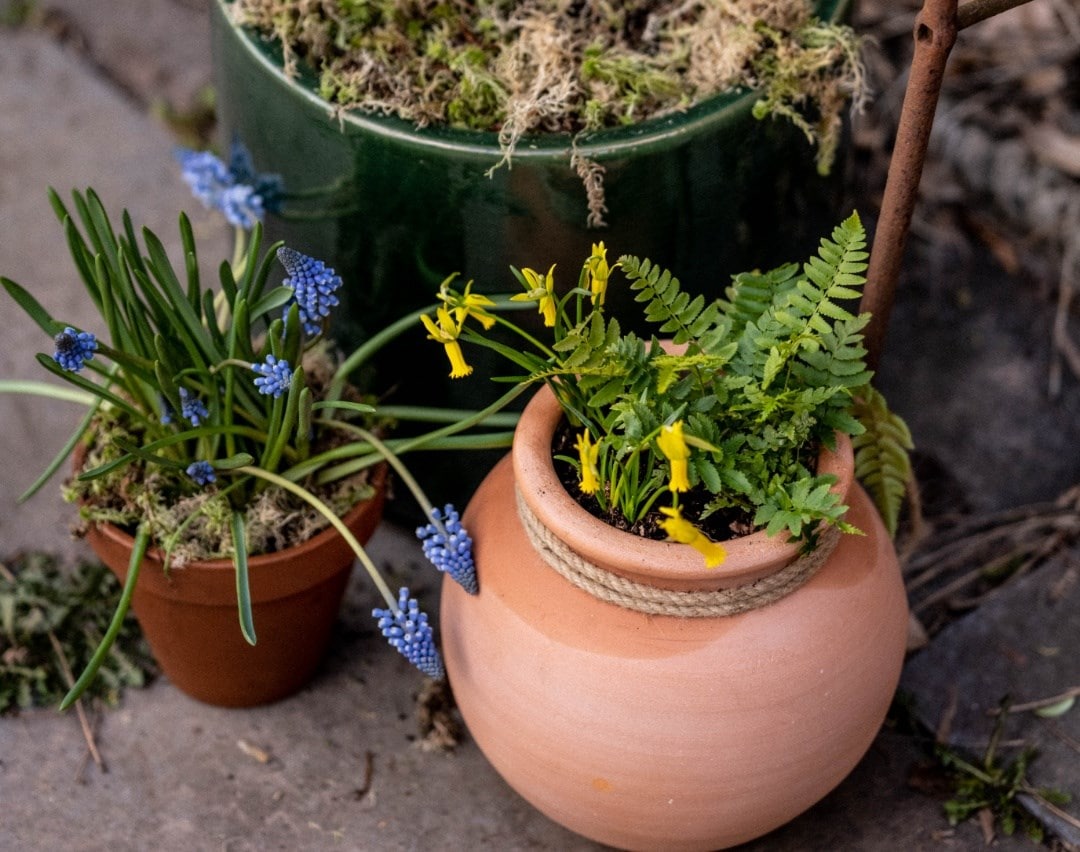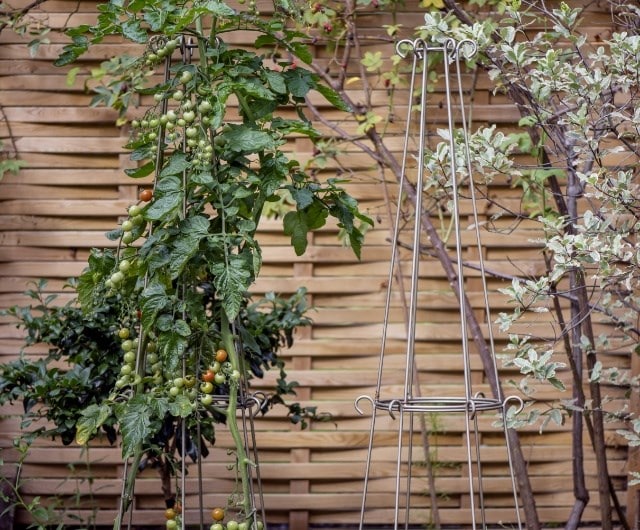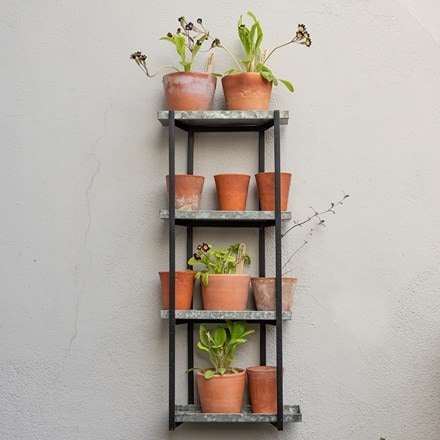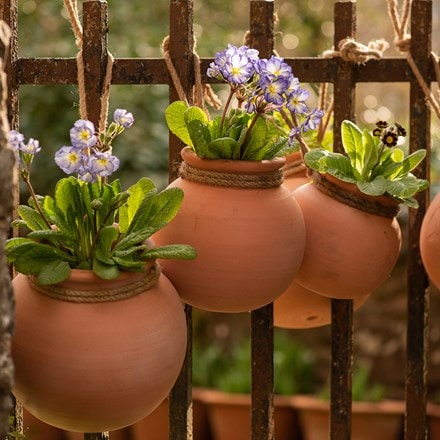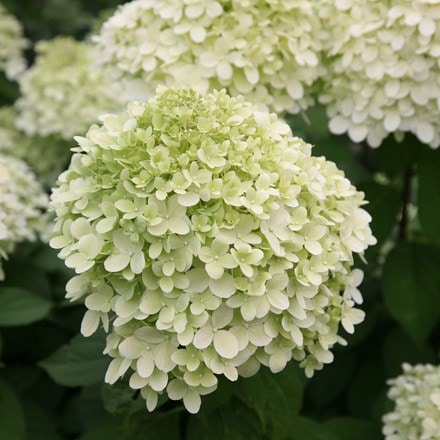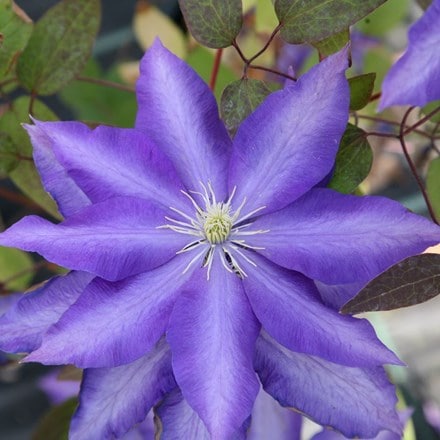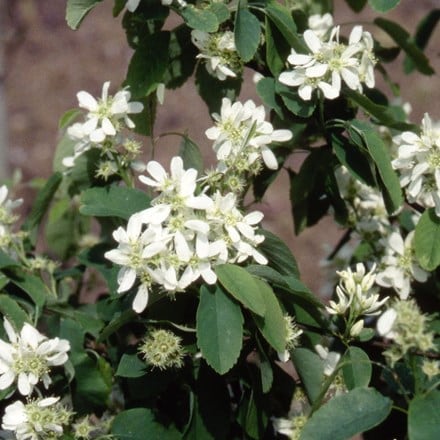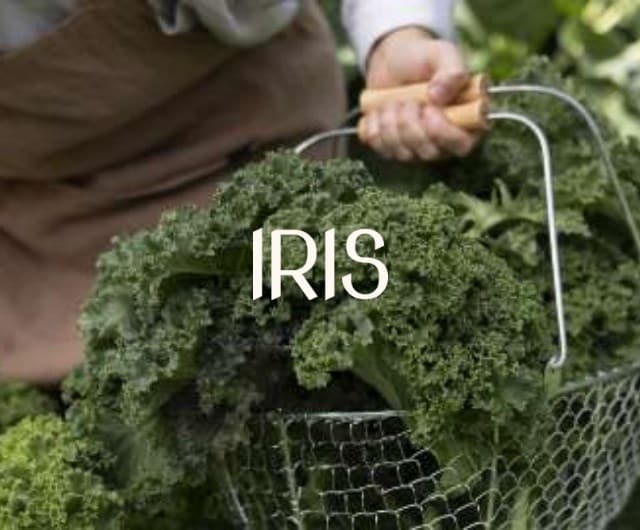Lesson 4. Gardening in small spaces
If you are dreaming of a beautiful garden but you've only got a pocket-sized outdoor space, then fear not, because you can still enjoy colour and interest throughout the year - without making it feel cramped or overcrowded. There are lots of creative and efficient ways to put together a stunning smaller garden, and this week we'll be looking at these.
As we discussed in week 1, the first step is to set out your site before moving onto the planting, so revisit your garden sketch and mood board, and think about the styles that you've been inspired by. In a larger garden it's often possible to have several different areas within a garden, but in a small space, it's even more important to be focussed on what the primary use for the space will be. If you need a recap, then revisit the garden 'room', the sanctuary garden and the rewilding garden from week 2.
This week you will further develop your garden plan to identify focal points, and points of interest in your garden design, how and where you might incorporate container planting, and how to layer your plant selection to deliver height and interest.
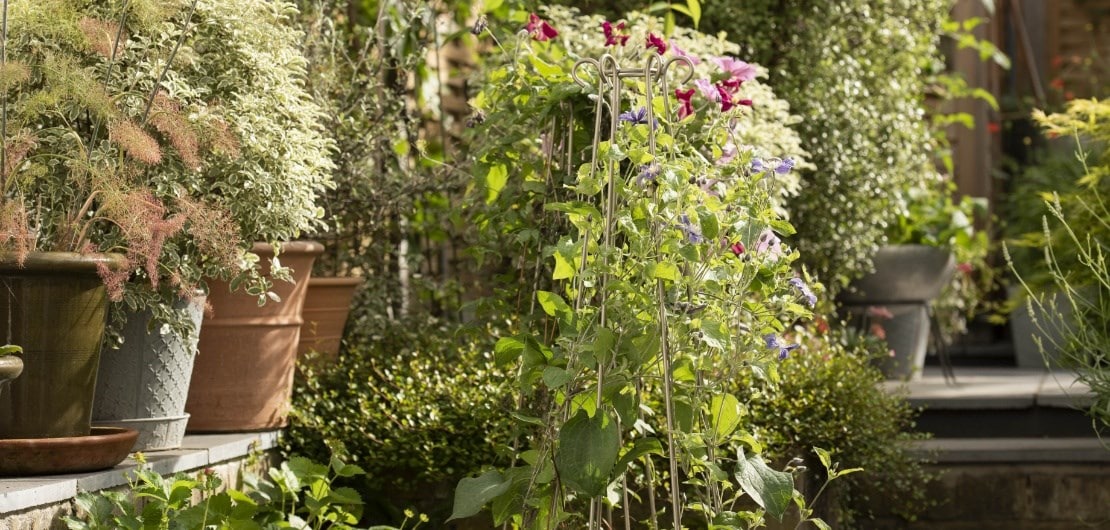
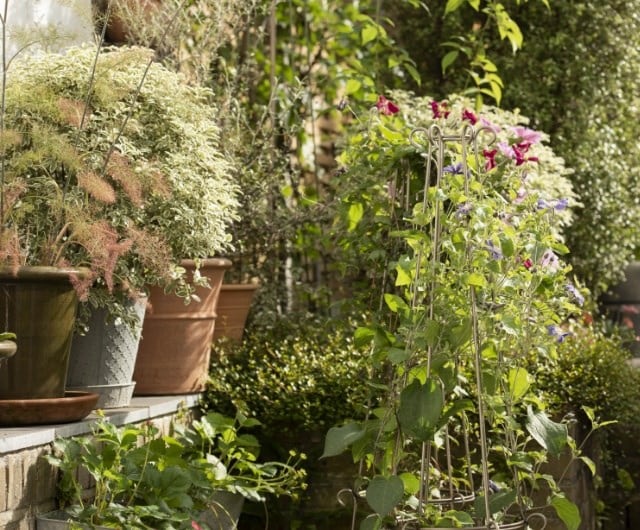
Step 1. Designing a small space
Many of the design principles that we explored last week will still apply to compact spaces - or even when planting up larger pots. In smaller gardens however, you'll often need the space to work even harder, making sure that you really make the most of what you have.



